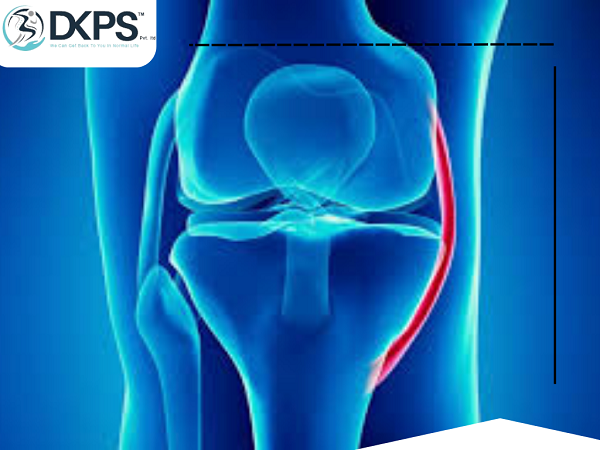- Home
- About Us
- DKPS Dealing
- BLOG
- Delhi NCR
- Delhi
- Physiotherapy at Home Near Me | Physiotherapist in South Delhi
- Best Chiropractor in Delhi
- Physiotherapist in Delhi
- Cupping Therapy in Delhi
- Home Nursing Services in Delhi
- Needle Therapy for Back Pain
- Sports Injury Physiotherapy
- Best Physiotherapist Visit at Home in Rohini Sector 24
- Physiotherapy at Home In Rohini Sector 9 |
- Physiotherapist in Pitampura | Physiotherapy at Home in Pitampura
- Physiotherapy at home in Rohini sector 29
- Physiotherapist in Paschim Vihar
- Physio home visit | Home Visit Physiotherapy |
- Physiotherapist in Saket | Best Physiotherapist in Saket |
- Physiotherapist In Janakpuri | Best Physiotherapist in Janakpuri |
- Best Physiotherapist in Punjabi Bagh | Punjabi Bagh Physiotherapist |
- Best Physiotherapist Service at Home in Dwarka, Delhi
- Best Physiotherapist in Chandigarh at Home Visit
- Faridabad
- Gurugram
- Noida
- Best Physiotherapy Gorakhpur
- Best Physiotherapist in Lucknow | Physiotherapist in Lucknow near me |
- Delhi
- Mumbai
- Delhi NCR
- Department
- Doctors
- Gallery
- Packages
- Contact Us
- Home
- About Us
- DKPS Dealing
- BLOG
- Delhi NCR
- Delhi
- Physiotherapy at Home Near Me | Physiotherapist in South Delhi
- Best Chiropractor in Delhi
- Physiotherapist in Delhi
- Cupping Therapy in Delhi
- Home Nursing Services in Delhi
- Needle Therapy for Back Pain
- Sports Injury Physiotherapy
- Best Physiotherapist Visit at Home in Rohini Sector 24
- Physiotherapy at Home In Rohini Sector 9 |
- Physiotherapist in Pitampura | Physiotherapy at Home in Pitampura
- Physiotherapy at home in Rohini sector 29
- Physiotherapist in Paschim Vihar
- Physio home visit | Home Visit Physiotherapy |
- Physiotherapist in Saket | Best Physiotherapist in Saket |
- Physiotherapist In Janakpuri | Best Physiotherapist in Janakpuri |
- Best Physiotherapist in Punjabi Bagh | Punjabi Bagh Physiotherapist |
- Best Physiotherapist Service at Home in Dwarka, Delhi
- Best Physiotherapist in Chandigarh at Home Visit
- Faridabad
- Gurugram
- Noida
- Best Physiotherapy Gorakhpur
- Best Physiotherapist in Lucknow | Physiotherapist in Lucknow near me |
- Delhi
- Mumbai
- Delhi NCR
- Department
- Doctors
- Gallery
- Packages
- Contact Us
Medial Collateral Ligament(MCL)Injury
- Home
- Medial Collateral Ligament(MCL)Injury

What is Medial Collateral Ligament?
The medial collateral ligament (MCL) is a band of tissue that runs along the inside of the knee joint, connecting the thigh bone (femur) to the shin bone (tibia). The MCL is one of four major ligaments that provide stability to the knee joint, and it plays a critical role in preventing the knee from collapsing inward. In this article, we will explore the anatomy and function of the MCL, as well as common injuries and treatment options.
Anatomy and Function of the MCL
The MCL is a thick, strong band of tissue that is located on the inside of the knee joint. It runs from the inner part of the thigh bone to the inner part of the shin bone, and it is responsible for stabilizing the knee joint and preventing excessive side-to-side movement. The MCL works in conjunction with the lateral collateral ligament (LCL), which runs along the outside of the knee joint, to provide stability and support to the knee.
The MCL is composed of collagen fibers, which are arranged in a parallel pattern to provide strength and stability. The ligament is also rich in nerve fibers, which help to provide feedback to the brain about the position and movement of the knee joint. This feedback is important for maintaining balance and coordination, especially during activities that involve changes in direction or sudden stops and starts.
Injury to the MCL
The MCL can be injured as a result of a direct blow to the outside of the knee, which causes the knee to buckle inward. This type of injury is commonly seen in sports such as football, soccer, and skiing, where athletes are at high risk of collisions and fall. In addition, the MCL can be injured as a result of repetitive stress, such as in runners who have a history of overuse injuries.
The severity of MCL injuries can range from mild sprains to complete tears, depending on the extent of the damage to the ligament. Mild sprains typically involve stretching or tearing of some of the collagen fibers and may cause pain, swelling, and stiffness in the knee. These types of injuries usually heal on their own with rest and conservative treatment.
Moderate to severe MCL injuries involve more significant tearing or rupture of the ligament and may result in more severe pain, swelling, and instability of the knee joint. In some cases, the injury may also involve damage to other structures in the knee, such as the meniscus or anterior cruciate ligament (ACL).
Diagnosis and Treatment of MCL Injuries
Diagnosis of an MCL injury typically involves a thorough physical examination, including an assessment of the range of motion, stability, and strength of the knee joint. In some cases, imaging tests such as X-rays or MRIs may be ordered to assess the extent of the damage to the ligament.
Treatment of MCL injuries depends on the severity of the injury and the individual’s level of activity. Mild sprains may be treated with rest, ice, compression, and elevation (RICE), as well as physical therapy to improve the range of motion and strength in the knee. More severe injuries may require immobilization of the knee in a brace or cast, and may also require surgical repair of the ligament.
Surgery for MCL injuries is typically reserved for cases where the ligament is completely torn or ruptured, or where there is significant damage to other structures in the knee. The surgical procedure involves reattaching the torn ends of the ligament using sutures or other devices, and may also involve the repair of other damaged structures in the knee.
Rehabilitation and Recovery
Rehabilitation and recovery from an MCL injury typically involve a structured program of physical therapy and exercise, aimed at improving the range of motion, strength, and stability in the knee joint.
